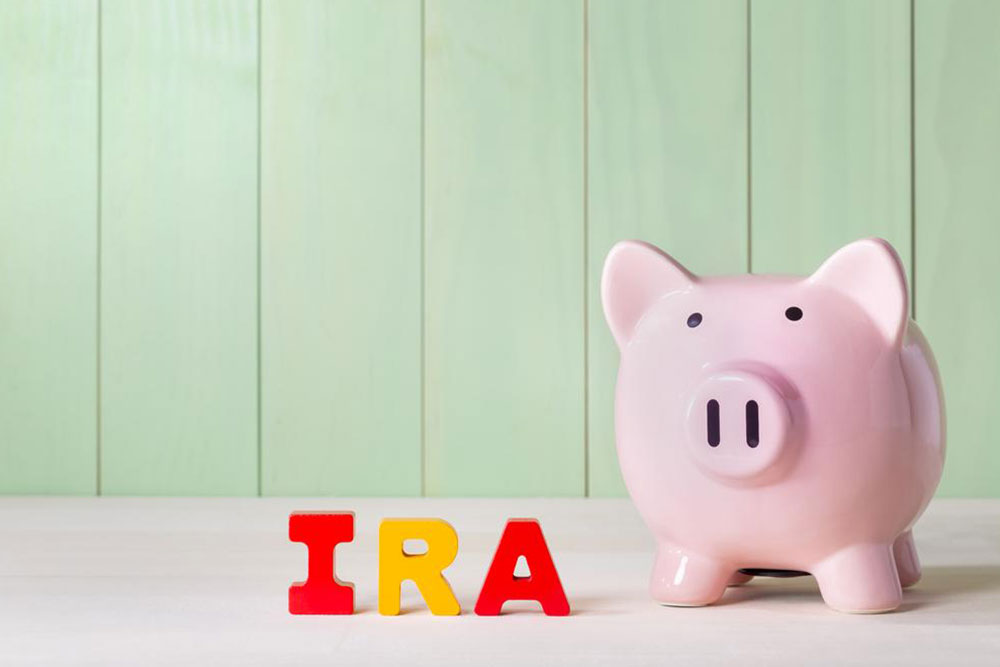Comprehensive Guide to Choosing the Best 401k Retirement Savings Strategy
This comprehensive guide explores various types of 401k retirement plans, including traditional, self-directed, safe harbor, tiered profit-sharing, and Roth options. It provides insights into their features, benefits, and considerations to help employees and employers select the best strategy for secure and efficient retirement savings. Proper plan selection can maximize growth, ensure compliance, and support long-term financial stability.

How to Select the Most Suitable 401k Retirement Investment Plan
Planning for a secure financial future is a priority for many working professionals, and one of the most effective ways to achieve this is through a well-structured 401k retirement savings plan. A 401k plan is a tax-advantaged retirement savings vehicle supported by employers, offering employees a way to save a portion of their earnings while benefiting from employer contributions and tax benefits. With various options available, choosing the right 401k plan tailored to your financial goals and circumstances is crucial for optimizing your retirement savings.
Understanding the different types of 401k plans, their features, advantages, and limitations can help you make an informed decision. Below, we explore the most common and flexible 401k options available today:
Traditional 401k: A Classic Choice for Retirement Savings
The traditional 401k remains one of the most popular retirement savings vehicles among employees and employers alike. This plan allows individuals to make pre-tax contribution from their salaries, effectively reducing taxable income for the year in which contributions are made. Investment earnings on these contributions grow tax-deferred until withdrawal, typically during retirement when individuals may be in a lower tax bracket.
Employers often contribute to their employees' traditional 401k accounts through matching contributions, which can significantly boost the total accumulated savings over time. For example, an employer might match 50% of employee contributions up to a certain percentage of salary, encouraging increased savings behavior.
One key benefit of traditional 401k plans is the flexibility in investment choices, often including a variety of mutual funds, stocks, bonds, and target-date funds curated by the plan administrator. Participants have control over their investments and can adjust their portfolios based on their risk tolerance and retirement timeline.
Self-Directed 401k: Increased Control and Flexibility
The self-directed 401k, approved by the IRS, is designed for investors who desire greater control over their investment choices. Unlike traditional plans that limit options to mutual funds and stocks, self-directed 401k accounts allow investments in a broader range of eligible assets, including real estate, private equity, precious metals, and more.
This plan type offers the same tax advantages as traditional 401k plans—tax-deferred growth—while giving participants the ability to diversify their portfolios more extensively. Managing a self-directed 401k requires a good understanding of alternative investments and a proactive approach to portfolio management. It is especially suitable for experienced investors seeking to optimize their retirement savings through diversified and potentially higher-yield assets.
Safe Harbor 401k: Simplified Non-Discrimination Testing
Popular among small and medium-sized business owners, the safe harbor 401k plan simplifies the compliance process by automatically passing non-discrimination tests. This plan requires the employer to contribute a fixed percentage of compensation to all eligible employees’ accounts, regardless of individual salary or contribution levels.
These contributions are generally either a mandatory match (e.g., 100% match up to 3% of salary) or a non-elective contribution—an employer-funded contribution made on behalf of all employees, even if they choose not to contribute their own salary deferrals. This setup encourages broader participation among employees and promotes fairness across the workforce.
Implementing a safe harbor 401k can be advantageous for employers aiming to attract and retain talent while ensuring compliance with IRS testing requirements. Employees benefit from immediate employer contributions, which significantly enhance their retirement savings trajectory.
Tiered Profit-Sharing 401k: Incentivizing Performance
This plan structure is designed with flexibility to align employer and employee interests. It allows for additional contributions based on company performance, employee tenure, or other predetermined criteria. Employers can allocate profit-sharing contributions selectively to certain groups or individuals, making it a powerful tool for rewarding high-performing staff.
Typically used by larger organizations or those seeking to motivate specific employee segments, the tiered profit-sharing 401k can include safe harbor features to ensure that key employees and stakeholders are fairly rewarded without jeopardizing plan compliance. This plan type supports strategic talent retention and encourages greater employee engagement.
Roth 401k: Post-Tax Contributions for Tax-Free Growth
The Roth 401k option allows employees to contribute after-tax dollars, meaning no immediate tax benefit but the potential for tax-free growth and withdrawals in retirement. Contributions are made with income that has already been taxed, and qualified withdrawals during retirement are tax-free, including investment earnings.
This plan is particularly attractive for younger workers or those expecting to be in a higher tax bracket during retirement. It provides a hedge against future tax rate increases and offers flexibility for diversified tax planning in retirement savings.
Employers may offer Roth 401k options as part of their benefits package, enabling employees to balance pre-tax and post-tax contributions to optimize their retirement strategy. Combining traditional and Roth options can provide significant tax planning advantages.
Choosing the Right 401k Plan for Your Future
Selecting the appropriate 401k plan involves evaluating several factors, including your current financial situation, retirement goals, investment knowledge, and employer offerings. Understanding the nuances of each plan type can help you tailor your savings approach to maximize benefits and ensure a secure retirement.
It’s advisable to consult with financial advisors or plan administrators to determine which plan aligns best with your risk tolerance and long-term objectives. Regularly reviewing and adjusting your contribution levels and investment allocations will also help you stay on track to meet your retirement goals.
In conclusion, a well-informed choice of your 401k plan can significantly impact your retirement readiness. Whether you prefer the tax advantages of traditional plans, the control of self-directed options, or the tax-free growth of Roth contributions, understanding these options empowers you to build a robust and resilient retirement savings portfolio. Start planning today to secure your future tomorrow.





